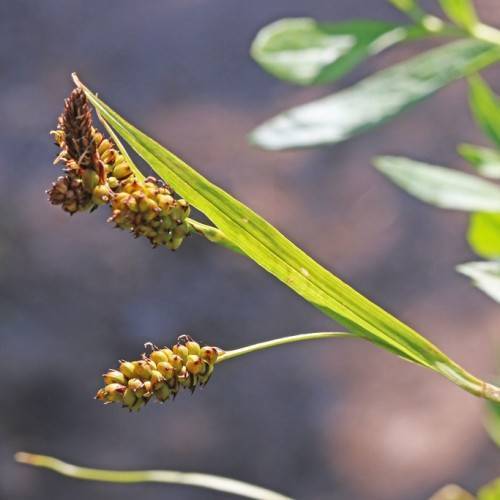
Raynold's Sedge
Carex raynoldsii
Watering:
Frequent
Hardiness Zone:
Sun:
full sun,part shade
Leaf:
Yes
Growth Rate:
Low
Drought Tolerant:
Yes
Salt Tolerant:
Yes
Care Level:
Medium
watering
Water Ramensk's Sedge plants regularly, ensuring that the soil stays moist but not soggy. Water them deeply when the top inch of soil is dry to the touch. This should be done twice a week during the first growing season; once weekly thereafter. For best results, always water from below, ideally using a drip irrigation system.
sunlight
Ramensk's Sedge is best grown in partial sun to full sun, although it can tolerate some shade. It will perform best with at least 6 hours of sunlight per day in the spring and summer months. In the winter months, it may tolerate fewer hours of sunlight (i.e. 4-5 hours). To ensure healthy growth and flowering, it is important to give Ramensk's Sedge the right amount of sunlight for its specific location.
pruning
Ramensk's Sedge should be pruned in late spring to early summer, once the plant become dormant and after flowering. This will encourage healthy seasonal growth and help maintain a neat shape. Pruning should include removing dead or dying stems and seed heads. You can also thin out the plant by cutting back the longest stems to maintain its size and shape. It's important not to over prune as this can create an unbalanced, unattractive shape.
